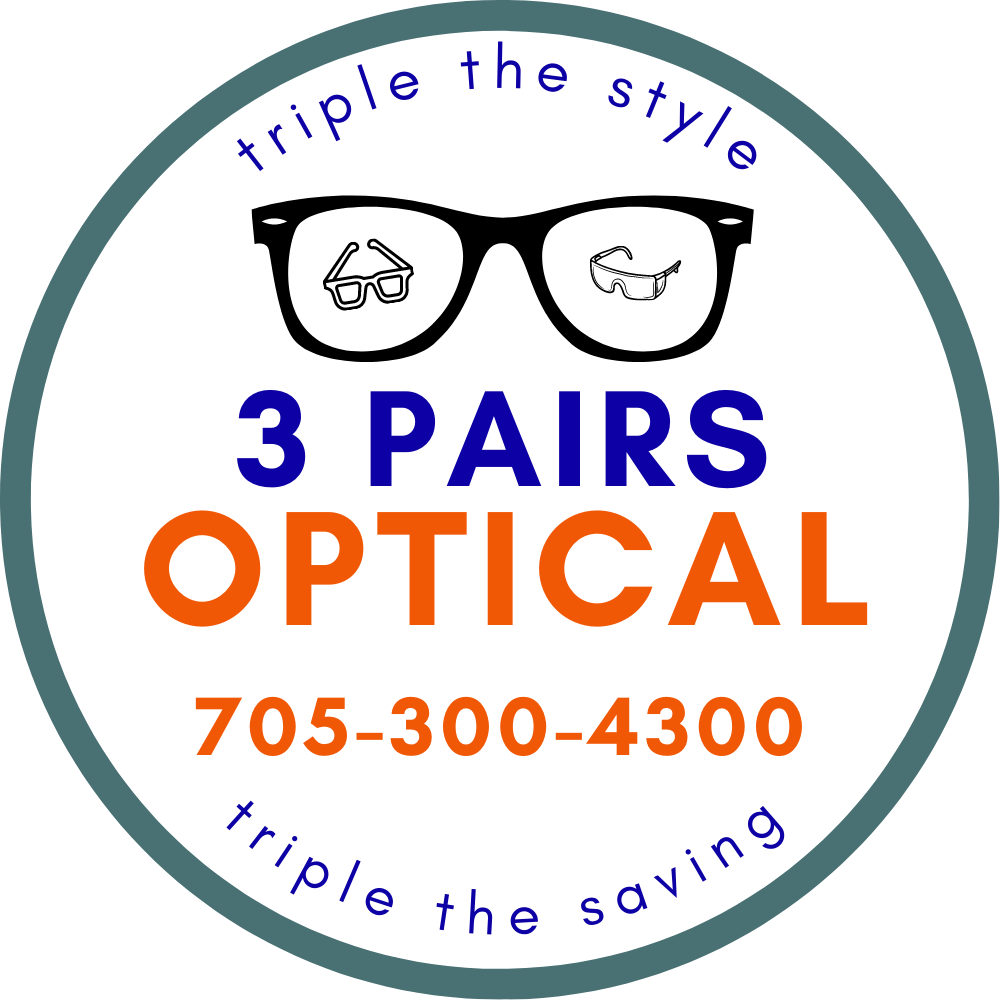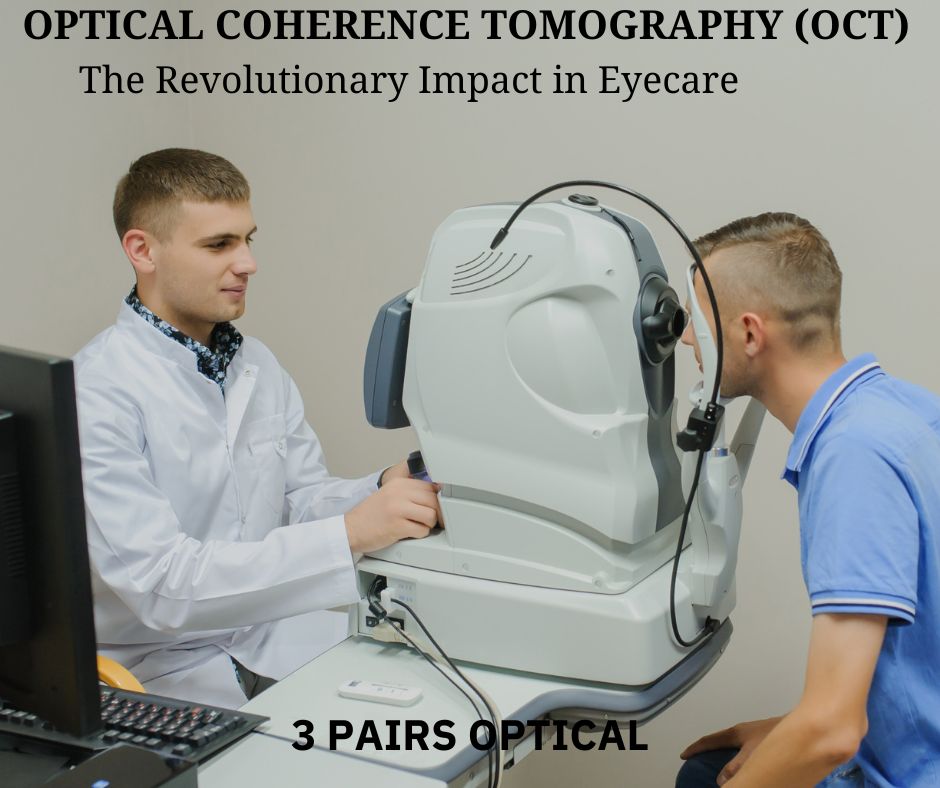In the field of eye care, technological advancements have significantly enhanced diagnostic capabilities, allowing healthcare professionals to gain deeper insights into ocular health. One such breakthrough, Optical Coherence Tomography (OCT), has become a vital tool in diagnosing and managing various eye conditions.
Understanding Optical Coherence Tomography (OCT)
Optical Coherence Tomography (OCT) is a non-invasive imaging technique that uses light waves to create high-resolution cross-sectional images of eye structures. By measuring the echo time delay and magnitude of light waves reflected from different tissue layers, OCT produces detailed cross-section images similar to histological sections, offering valuable insights into the eye's microanatomy.
Applications in Eye Care
- Retinal Imaging: OCT enables the evaluation of retinal layers, assisting in the diagnosis and monitoring of conditions such as macular degeneration, diabetic retinopathy, and retinal detachment.
- Glaucoma Management: OCT helps assess the structural integrity of the optic nerve head and retinal nerve fiber layer, which is crucial for early detection and monitoring of glaucoma.
- Corneal Assessment: OCT provides detailed images of corneal thickness and morphology, essential for diagnosing conditions like keratoconus, corneal dystrophies, and complications following refractive surgery.
- Anterior Segment Imaging: OCT aids in visualizing anterior segment structures such as the anterior chamber angle, important for diagnosing conditions like angle-closure glaucoma and corneal abnormalities.
Advantages
- Non-invasive: Unlike invasive procedures such as biopsy, OCT imaging is non-invasive, posing minimal risk to patients.
- High Resolution: OCT offers microscopic resolution, allowing for the visualization of ocular structures within the eye.
- Real-time: OCT provides instant, real-time images, enabling prompt diagnosis and treatment decisions.
- Quantitative Analysis: OCT allows for precise measurement of tissue parameters, facilitating objective assessment of disease progression and treatment efficacy.
Future Innovations
Optical Coherence Tomography (OCT) offers unparalleled insights into the microanatomy of the eye. Ongoing advancements in OCT technology promise to further enhance its capabilities in ocular imaging. Innovations such as swept-source OCT, adaptive optics, and artificial intelligence-driven image analysis are set to revolutionize the scope of OCT applications in eye care, ultimately contributing to improved patient outcomes.

